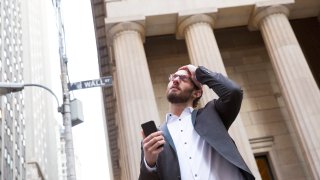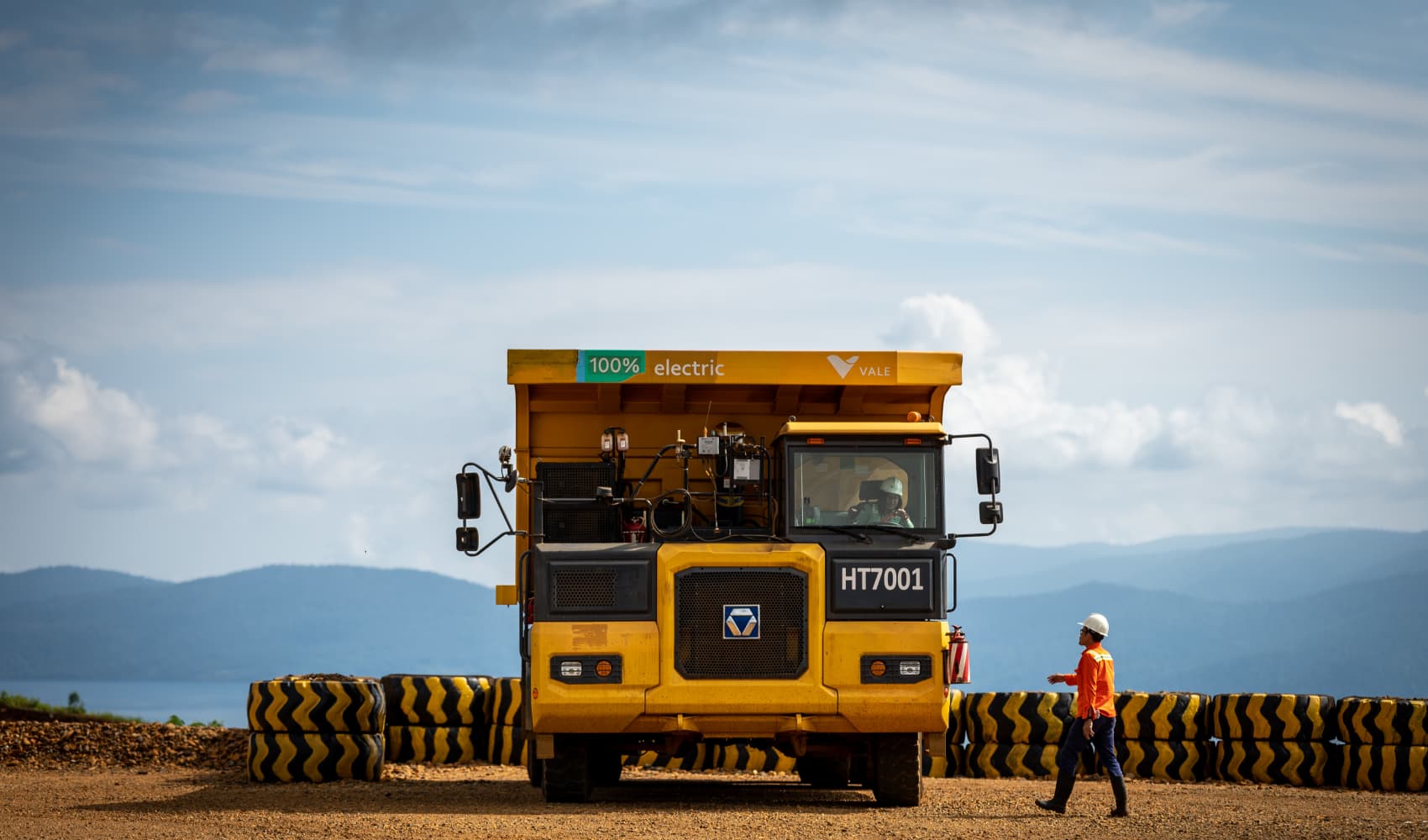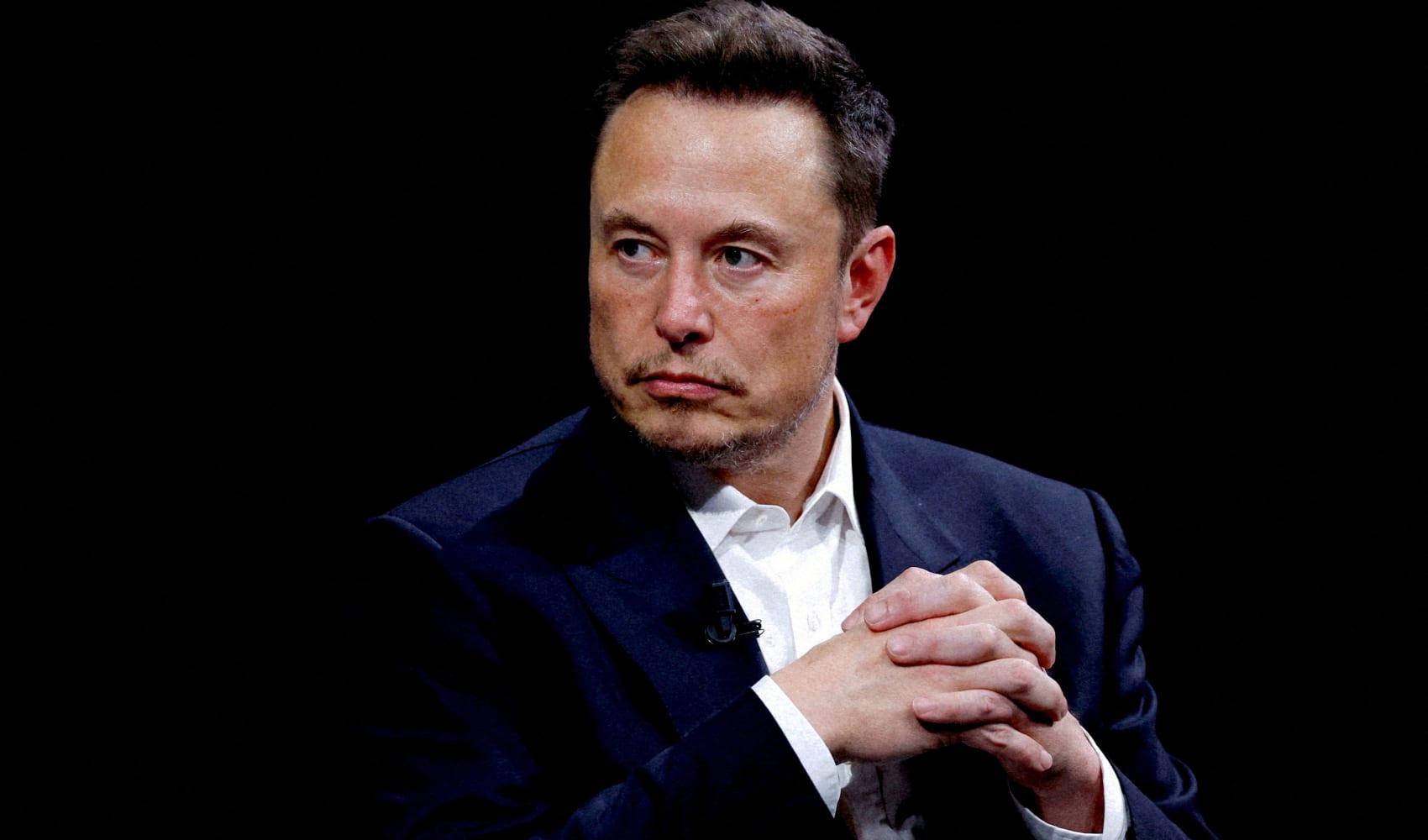
Shares of multinational financial firm Credit Suisse soared in early trading Thursday after the bank announced it would borrow up to 50 billion Swiss francs ($54 billion) from the Swiss National Bank.
The news has investors breathing a sigh of relief: Credit Suisse shares sold off sharply earlier in the week when the Swiss lender announced it had found signs of financial weakness at the firm.
The underlying sentiment now: "At least this won't be Silicon Valley Bank again."
Late last week, SVB's clients — many of them tech startups — pulled their money from the bank en masse, forcing regulators to step in and seize deposits in what became the second-largest bank failure in U.S. history.
Get Boston local news, weather forecasts, lifestyle and entertainment stories to your inbox. Sign up for NBC Boston’s newsletters.
Some lay blame at the feet of the Federal Reserve's aggressive interest rate hiking regime. Others say the bank failed to manage risk properly. Anonymous employees at the bank say the firm would have been fine had it not spooked depositors by publicly revealing its struggles.
They're likely all a little bit right. While interest rates and risk management are mathematical explanations of how the bank got into hot water in the first place, what ultimately did in SVB was a bank run — a rush among depositors to withdraw their money. The phenomenon depends more on behavioral psychology than financial reality.
"A social contagion happens. It comes down to our herd mentality, our tribal brain," says Brad Klontz, a certified financial planner and financial psychology professor at Creighton University. "It's like a mass delusion that becomes a reality. We create our own crises."
Money Report
How financial psychology closes banks
Silicon Valley Bank kicked off 48 hours of chaos last week when it announced it had sold $21 billion worth of bonds at a $1.8 billion loss and planned to cover the shortfall by selling stock and preferred stock.
After the announcement, prominent venture capitalists began to raise alarms about the situation on social media, some of them urging startups — the bulk of SVB's clientele — to pull their deposits.
Get out early, and you'll keep your money, the thinking went. In the event of a bank run, waiting around could mean you wouldn't be made whole.
People listened. Customers pulled more than $42 billion in a single day in what House Financial Services Committee Chairman Patrick McHenry called "the first Twitter fueled bank run." With share prices plummeting, SVB was unwilling to find an investor and couldn't cover its withdrawals.
Twitter or not, it was typical of what can happen when people are faced with widespread uncertainty about their finances, says Klontz.
"So much of our experience is subjective. We look around at other people's faces and demeanors — the emotional responses around us — to determine how at risk we are and whether we need to protect ourselves," he says.
Financial guarantees keep the herd from 'running off the cliff'
Is a situation like Silicon Valley's coming to a bank near you?
It's unlikely for two reasons, experts say. One, regulators have shown a willingness to step in quickly. The Federal Deposit Insurance Corporation seized deposits at SVB on Friday, and by Sunday, Treasury Secretary Janet Yellen, Fed Chair Jerome Powell and FDIC Chairman Martin Gruenberg announced that all of SVB's customers would be made whole.
"Here you have the government stepping in and saying, 'No, we've got this. You're covered,' in an attempt to stop the herd from running off the cliff," says Klontz. "When it comes to money, we're animals. And bank runs are a predictable mass fear response."
Plus, for most Americans, the FDIC already provides a safety net. Bank deposit accounts, including checking and savings accounts, certificates of deposit and money market accounts, are insured by the FDIC for up to $250,000 per person, per bank, per ownership category.
"The vast majority of bank customers have cash balances that are below the FDIC-insured amount," says James Lee, a CFP and president of Lee Investment Management in Saratoga Springs, New York.
In other words, you and just about everyone you know don't have to panic about whether your deposits are safe.
The reason customers at SVB panicked is because they're not like you and your friends. The vast majority of them were startup companies whose cash holdings were well in excess of the insurable amount.
In fact, as of year-end 2022, some 94% of SVB's domestic deposits were uninsured, according to an analysis by S&P Global. At Signature Bank, also the recipient of a recent bank run, the total was 90%. The average among large U.S. banks: 47.3%.
DON'T MISS: Want to be smarter and more successful with your money, work & life? Sign up for our new newsletter
Get CNBC's free Warren Buffett Guide to Investing, which distills the billionaire's No. 1 best piece of advice for regular investors, do's and don'ts, and three key investing principles into a clear and simple guidebook.






